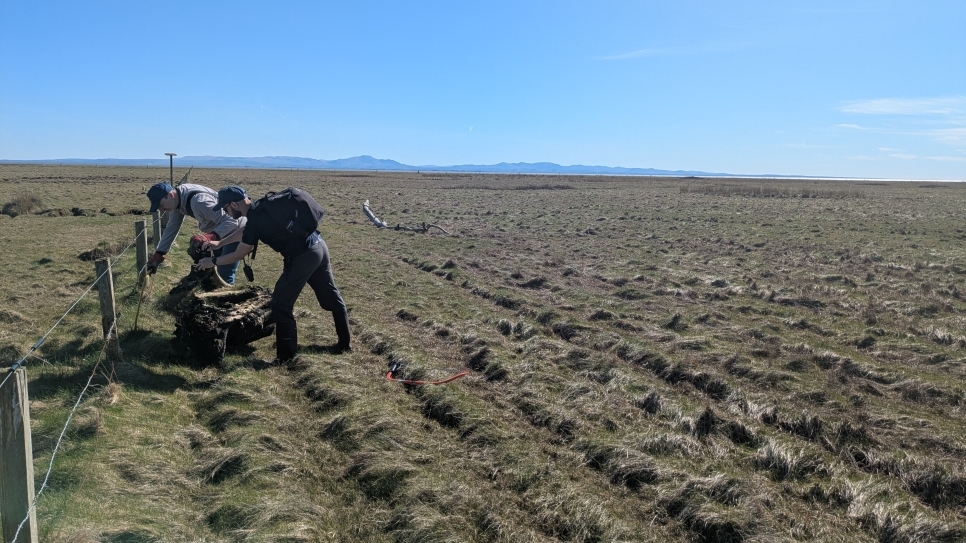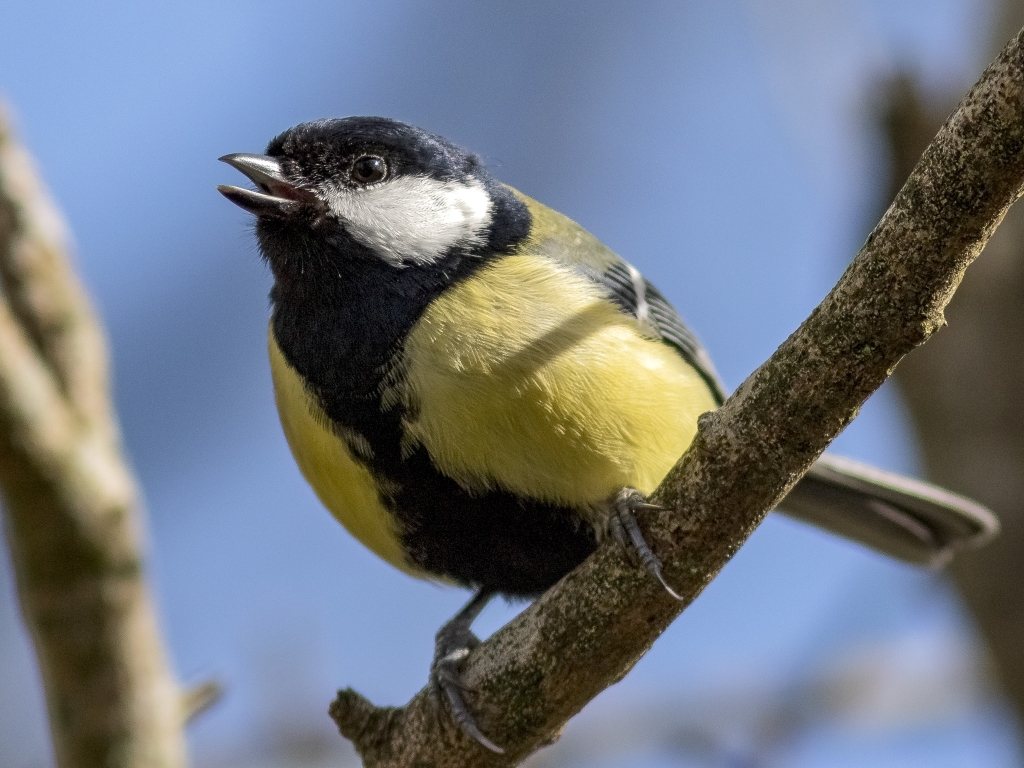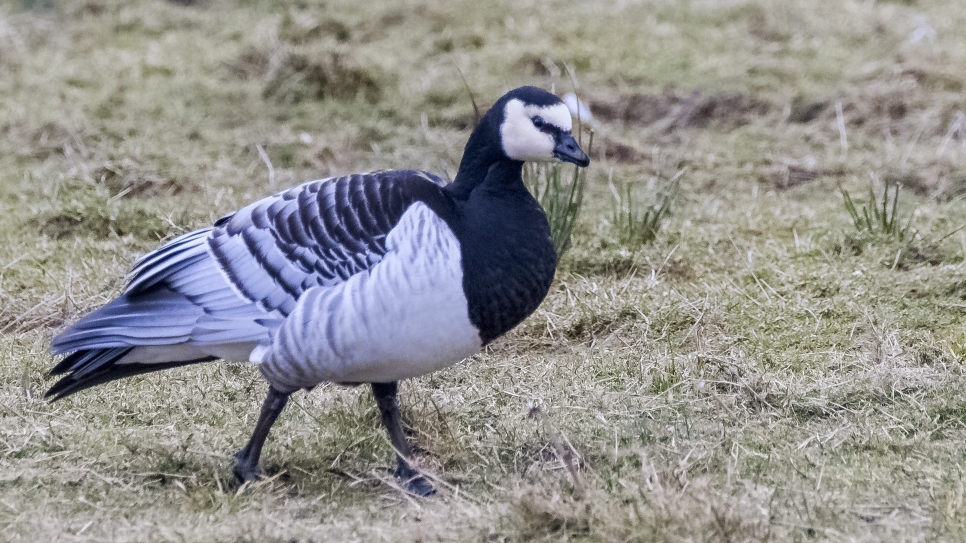Checking the sheep
We own 12 sheep at Caerlaverock. They are our natterjack toad habitat managers, keeping the grass short around the best breeding ponds used by these rare amphibians. We check on them every day, usually first thing, to make sure they are fit and healthy, still in the right field and getting on with the job at hand. The walk along the Saltcot Loaning down to the sheep can be approached in two ways. Either you put your head down, march along as quick as possible while mulling over the work of the day. Or you slow your pace and take the time to embrace in what wildlife this brilliant place can show you. Today I opted for the latter.
When Sir Peter Scott first took on Caerlaverock, he came up with the idea of digging borrow pits in the edges of the fields and piling up the resulting soils into screening banks that stopped visitors from frightening the geese. These banks along with the ancient hawthorn hedges give a protected corridor that draws in birds with food and shelter out of the constant wind. So as I set off on a slow wander, I was surrounded by rustles and cheeps from bushes full of birds. A wren popped out, churred at me and dived back in, full of spirit as ever. A dunnock flicked its way in and out of view, never giving a full profile, always keeping a twig between us, a regular piercing peep following it. Then a group of great tits and blue tits busily moved through, clinging upside down to tiny stems and then flipping right way up again, tracking down insects. A robin watched me pass. A couple of chaffinches “pinked” at me and then a quiet but insistent “zezeze” reached my ears – goldcrests dropped in for the winter after, amazingly for a bird so small, crossing the North Sea.

But the bulk of the action was from the berry hunters. The ancient hawthorns have produced a great yield of berries this year and they are irresistible to blackbirds and their relations, the thrushes. Every hawthorn seemed to have rustling thrushes, all keeping in contact with each other using their various calls – “seeps” from song thrushes, “chucks” from blackbirds, “chakchak” from fieldfares and a high pitched “weeeep” from redwings. As I progressed down the track, they were bursting out of the bushes only to circle round behind me to settle back down to the task of working their way through the berry harvest.

With restricted views, this was ear work as much as eye work and beyond the loaning the normal Caerlaverock winter soundscape was a constant backdrop – whoopers, wigeon, mallard, teal. But not to be outdone, as I had nearly made it to the wide vistas at the Saltcot Merse Observatory when the barnacle geese made their appearance. First, I heard the distant rumble as a large group lifted and then shortly after the yelps as small squadrons of geese passed over the corridor, catching the light as they passed. Suddenly the rigid formations broke as a peregrine falcon bombed through, wings folded, causing havoc amongst everything in flight. So much bird action around, big and small, and I would have missed most of it if I had been doing work planning in my head.

At somewhere like Caerlaverock, a short walk and a routine job becomes so much more but only if you let it.
Words and pictures by David Pickett (unless otherwise credited)
Feature image is of the Saltcot Loaning lined by bright red berries on the hawthorn hedge



